Bachata: A Rhythm of Passion and Resilience
Published on December 12th 2023, 8:46AM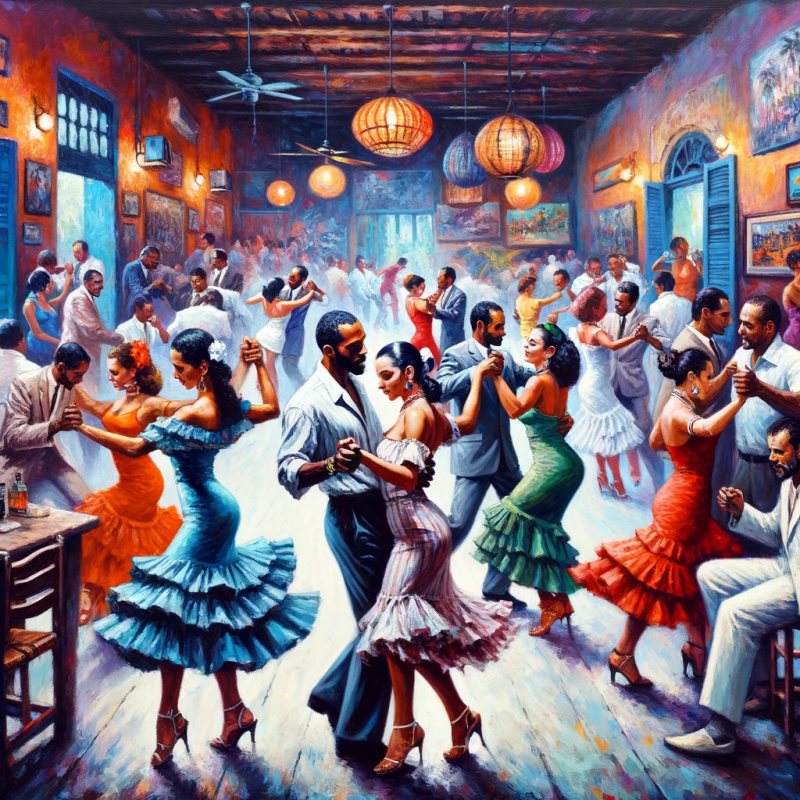
Bachata Traditional: A Musical and Dance Legacy
Bachata, a captivating and evocative genre, emerged in the picturesque countryside of the Dominican Republic during the 1960s. It started as a musical journey, characterized by soul-stirring guitar melodies and poignant tales of love. Yet, its early existence within the confines of bars and brothels kept Bachata hidden from the world for decades, holding back its full potential.
At the time of Bachata's birth, the Dominican Republic was under the rule of the dictator Rafael Trujillo. While Trujillo celebrated Merengue, he held disdain for Bachata, branding it a lesser art form. He went to great lengths to suppress both the music and the dance, banning them outright. This unfortunate circumstance meant that, during his reign, Bachata was confined to the shadows, experienced only within the walls of brothels. Such seclusion hindered its development, unlike other Dominican dance styles that flourished during that period.
Even after the end of Trujillo's regime, Bachata continued to face societal disapproval. Originating from Bolero, its basic steps followed an eight-count pattern, danced primarily in closed positions. Over time, Bachata began to evolve, embracing half-open and open positions, incorporating turns and intricate footwork.
For Dominicans, Bachata was more than just a dance; it was a cultural cornerstone. To expand its appeal beyond their borders, different regional variations of Dominican Bachata emerged, each expressing distinct moods and emotions on the dance floor.
While Dominicans simply referred to it as "Bachata," it became known as "Bachata Dominicana" to the world. The dance retained its square or lateral line patterns, favoring a relaxed and introspective style that emphasized footwork rather than complex figures. It symbolized the deep connection between the rhythmic sounds of the guira, bongo, guitar, and the fluidity of feet. This dance exemplified that intricate figures were not a prerequisite for an enjoyable couple's dance; a profound emotional connection to the music sufficed.
Traditional Bachata music revolved around heart-wrenching or romantic narratives, often prompting dancers to gaze "towards the ground" to connect with their inner emotions. As time passed, different forms of Bachata music emerged, including lively party tracks. These brought forth vigorous and extroverted dance moves, showcasing the versatility of this genre.
Bachata transcended being solely music or dance; it became both. Its origins lie in the bars and brothels of Santo Domingo during the early 20th century. However, its journey towards mainstream recognition was far from straightforward.
Guitar music, akin to Bolero and Son, thrived in the Dominican Republic's countryside and brothels, although it sounded quite distinct from modern Bachata. The music industry, controlled by dictator Rafael Trujillo and his family, marginalized Bachata, preventing it from gaining mainstream recognition. When Trujillo was assassinated in 1961, musicians began migrating to the capital to record, marking the birth of Bachata's first-generation artists.
Originally termed 'bolero campesino,' Bachata only later came to refer to the music itself, albeit with a negative connotation. Jose Manuel Calderon is credited as the first Dominican to record Bachata in 1962, but the music was closer to a form of bolero, influenced by various Latin American styles. Subsequently, numerous early Bachata artists emerged, each contributing to the genre's development.
Bachata as a dance didn't gain momentum until the 1960s when dancers of Son, Bolero, and Merengue began dancing to its rhythm. Initially danced in closed positions within a small square, Bachata later incorporated taps and syncopations, evolving into a more dynamic style. However, Bachateros remained marginalized due to the genre's association with poverty and brothels, forcing some to seek opportunities abroad.
It was in the Dominican community of Washington Heights in New York City that Bachata found a new home. Jose Manuel Calderon played a pivotal role in creating a thriving Bachata scene, breathing life into the genre. With time, Bachata distinguished itself from Bolero, cementing its status as a unique musical genre.
By the early 1980s, Bachata's popularity surged, earning radio play and television appearances. Blas Duran's inclusion of an electric guitar in 1987 revolutionized the genre. The wave of Dominican emigration to the United States in the 1980s and 90s carried Bachata with it, establishing the genre in major East Coast cities. Artists like Luis Vargas and Antony Santos emerged as the first generation of pop Bachata artists, leading to the genre's international recognition.
Juan Luis Guerra's release of "Bachata Rosa" in 1992 marked a turning point, granting Bachata more credibility and international acceptance. In 1999, Monchy & Alexandra's hit "Hoja en Blanco" further popularized Bachata outside the Dominican Republic. Aventura, led by Romeo Santos, soared to great heights in the early 21st century, taking Bachata to new horizons.
Today, Bachata's enchanting melodies and passionate dance moves resonate globally. Artists like Prince Royce, Xtreme, Toby Love, and Romeo Santos continue to shape its musical landscape. The dance, too, has flourished, thanks to influential dancers like Ataca y Alemana, whose YouTube video propelled Bachata dance to international acclaim.
Bachata, once confined to the shadows, has evolved into a vibrant and celebrated art form, touching the hearts of people worldwide. Its journey from secrecy to global recognition is a testament to the resilience and artistic spirit of a genre that continues to captivate audiences with its rhythm and emotion.

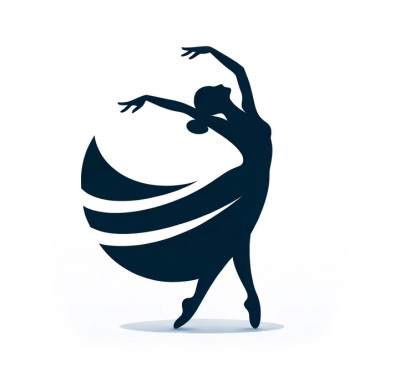
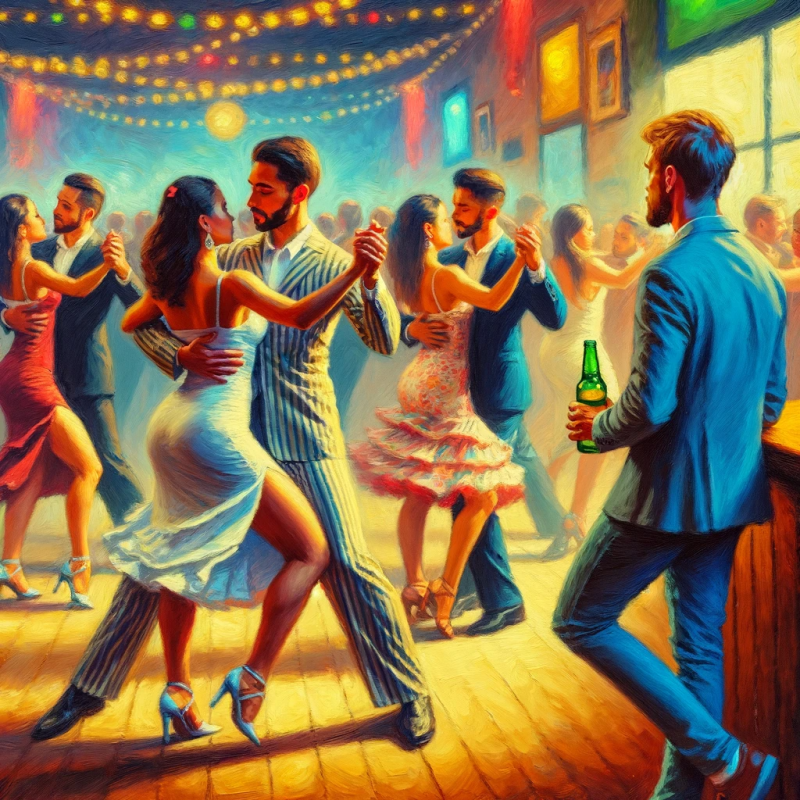
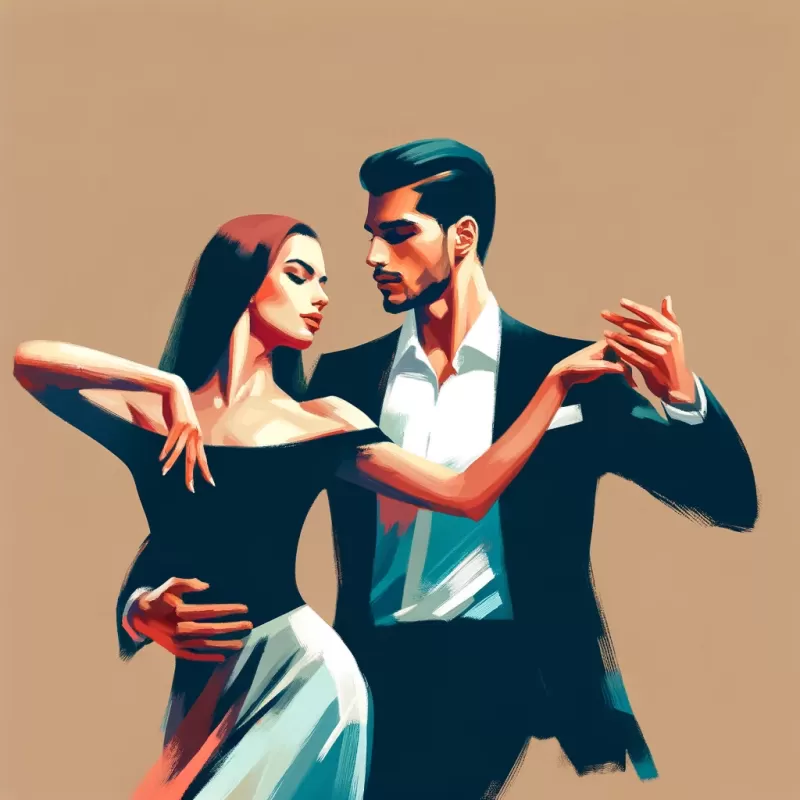
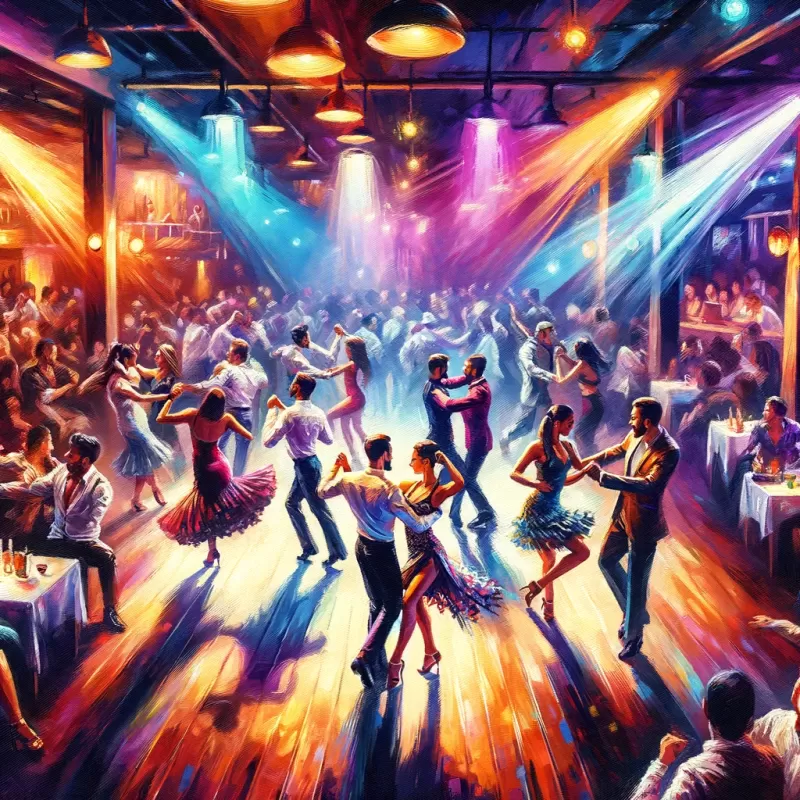
Comments (0)